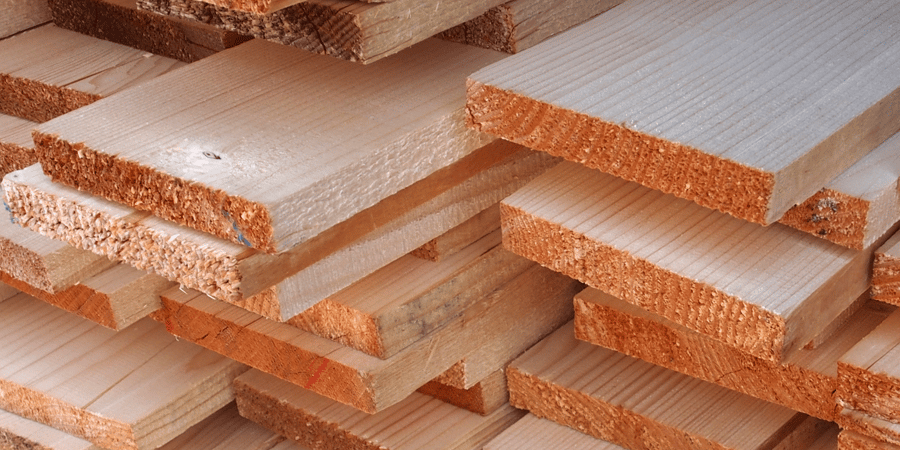Moisture Meter
pinless moisture meters
water damage restoration
detecting water damage
pin-type moisture meter
Your Guide to Choosing the Best Moisture Meter for Your Water Damage Restoration Applications
.jpg)
Welcome to the second in our series of articles for professionals working in the water damage restoration industry. We’ve been exploring why moisture meters are essential in this line of work and how a high-quality device makes detecting and dealing with water damage so much easier.
Flooding in America is on the rise, as are severe weather conditions such as hurricanes. CNN recently reported that weather disasters have cost the United States $750 billion over the last five years, and that trend is only set to grow. The increasing cost of living means homeowners and businesses aren’t maintaining appliances like washers and boilers as often, leading to leaks and even burst pipes. Water damage restoration is, therefore, a fast-growing industry in need of precise and efficient instruments. Let’s talk you through choosing and using the best moisture meter for your projects.
Detecting Water Damage – Why an Accurate Instrument Is Vital
It’s vital for restoration experts to quickly and accurately assess the damage caused by a flood or leak. This means you can start working to prevent further water damage by removing unsalvageable materials and setting up drying solutions where appropriate. An accurate moisture meter allows you to check the ambient conditions plus specific materials such as flooring, drywall, and various types of wood. It also allows you to see how widespread the damage is, accurately mapping out the spread of water within walls, floors, and even insulation.
Your moisture meter helps you work more efficiently and set expectations for property owners and occupants, letting them know when they can expect the project to be finished. It enables you to choose the correct drying equipment, assess the risks of mold or other health and safety concerns, and carefully monitor the entire drying process. You can ensure structures are completely dry before finishing a project and reassure clients that they can return to their homes or businesses safely.
Choosing a Moisture Meter – What To Look Out For
Knowing what type of moisture meter to choose for detecting water damage can be challenging. Pinless moisture meters send an RF signal into the material to measure the dielectric factor — how well or poorly the material conducts electricity. Your moisture meter converts this measurement into a moisture content level reading (%MC) that you can record. Pinless meters are ideal for speed and monitoring large areas, but they’re not as effective for uneven surfaces or highly variant moisture levels — such as you often get with flood damage or leaks. This is why most water damage restoration professionals choose a pin-type moisture meter for a more detailed assessment.
Pin-type meters include two pins that the user inserts directly into the material they’re investigating. The device sends a small electrical charge between the two pins, and the level of resistance encountered indicates the moisture content. Look for moisture meters that have built-in corrections for a variety of materials or species of wood. These are the most effective, as the optimal moisture content level for drywall is very different from that of seasoned oak, for example. Making adjustments or corrections manually for different materials is tedious and can significantly lengthen the time it takes to complete a job. A meter that can quickly make corrections for material types saves time.
Other questions to ask when choosing a moisture meter for water damage restoration are:
- Is it robust? Will it shatter if knocked or dropped?
- Is it waterproof and dustproof?
- Is it ergonomic? If you’re using your device all day, you don’t want one that’s uncomfortable to use.
- How easy is it to customize?
- Is the display suitable for all light conditions?
Delmhorst BDX Moisture Meters – Ideal for Water Damage Restoration Projects
Restoration and radiation specialists often choose the Navigator™ BDX range of moisture meters for ease of use, efficiency, and, most importantly, accuracy. The BDX is a pin-type meter with an intuitive dashboard featuring a large, custom display highlighting all the key information you need. It can display statistics for up to 120 readings, and gives professionals the ability to view wood temperature corrections in both Fahrenheit and Celsius. The display is backlit so you can take readings even in the most cramped, dark, dusty environments.
Color-coded LEDs help you quickly assess whether moisture content levels are optimal or not, while built-in device calibration and battery checks keep your meter in top condition use after use. The BDX-30 has the added benefit of Bluetooth capability, allowing you to connect to Edge™. Edge™ is a unique mobile app that enables you to adjust and customize your meter settings and share your readings wherever you are. Geotagging allows you to map out moisture levels across large areas, while timestamping empowers you to accurately report your progress. You can even easily export all your data in CSV format.
All of these features are packed into a robust and highly ergonomic case, meaning you can use the meter efficiently and comfortably even on long, time-consuming jobs.
Now that you have a better idea of which moisture meter to choose for water damage restoration work, it’s crucial to know how to get the most out of your finely-tuned device. In our next article, we’ll cover exactly what you need to do to maximize the effectiveness and life of your precision instrument. Contact Delmhorst for more information on the best moisture meters for your water damage restoration projects.
To watch more videos
Subscribe to Our Blog
Post Related

Moisture Meters for Wood: Your Complete Guide

.jpeg?width=900&name=20210503_AG_0334%20(1).jpeg)